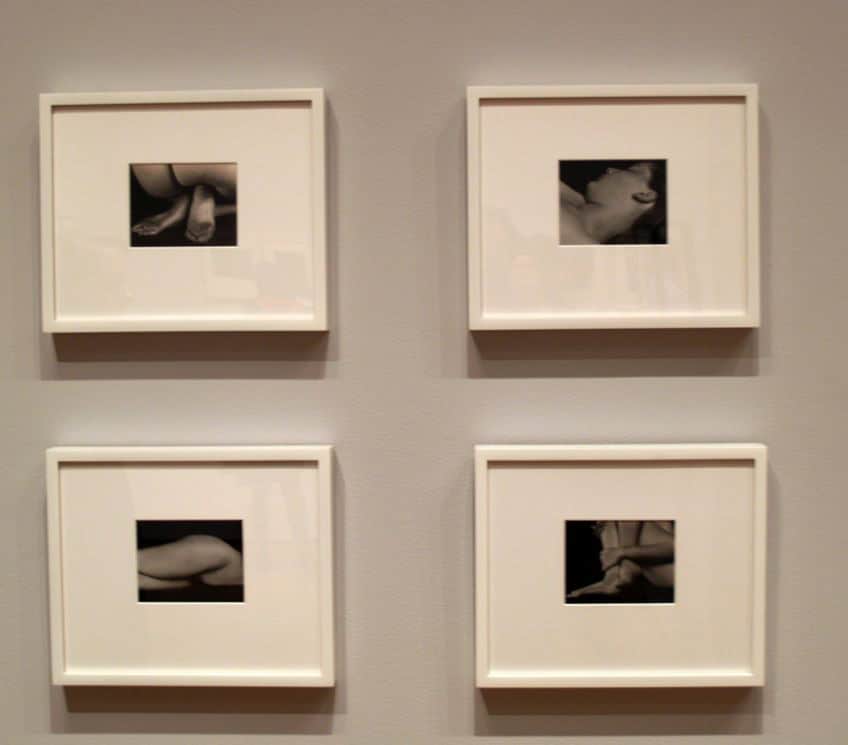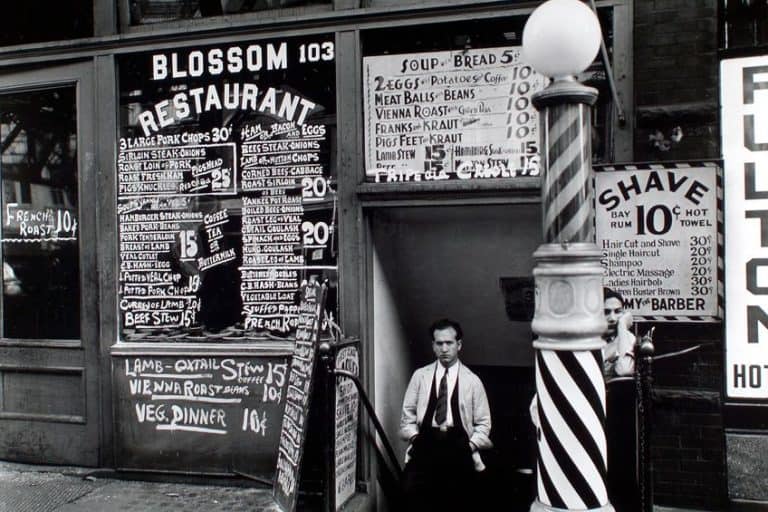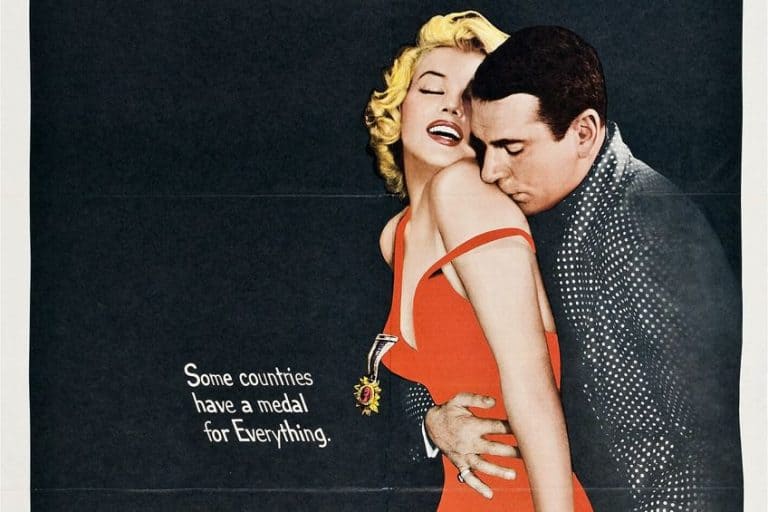Harry Callahan – A New Photographic Take on Everyday Life
Harry Callahan, a trailblazing American photographer born in 1912, left an indelible mark on the art world through his pioneering work in black-and-white photography. Renowned for his innovative use of light, shadow, and composition, Callahan’s images often explored the nuances of everyday life, urban landscapes, and the human form. His career spanned over six decades, during which he became a prominent figure in photographic education and a master of capturing profound moments of beauty in the ordinary. Join us as we delve into the life and legacy of Harry Callahan, a visionary whose lens continues to inspire and resonate with audiences worldwide.
Key Takeaways
- Harry Callahan was a pivotal American photographer and educator.
- His creative photography captured everyday subjects in an experimental way.
- Callahan’s legacy endures through his impact on photography as an art form.
Early Life and Education
| Birth | October 22, 1912 |
| Death | March 15, 1999 |
| Place of Birth | Detroit, Michigan, United States |
| Genre of Work | Photography, including street photography and abstract photography |
Harry Callahan was an American photographer renowned for his inventive approach to the medium. Born in Detroit, Michigan, he cultivated an interest in photography while working for Chrysler. Eventually, this hobby turned into a profound vocation that would influence the course of modern photography. With a career spanning several decades, Callahan left an indelible mark as both an artist and an educator, teaching at institutions such as the Institute of Design in Chicago and the Rhode Island School of Design. His innovation in photography flourished under the mentorship of László Moholy-Nagy at the Chicago Institute of Design.

Callahan’s work is characterized by its experimental nature and the use of simple, everyday scenes. His innovative techniques included multiple exposures, and he was not averse to venturing into color photography, despite the period’s focus on black and white. His first solo exhibition was in 1951 at the Art Institute of Chicago, signifying the start of his surge to prominence. Through his innovative lens and dedication to teaching, Callahan not only advanced his photographic practice but also molded future generations of artists. His legacy persists in the continued appreciation of his work, his influence on abstract and street photography, and the enduring curiosity his images provoke.
Influence of László Moholy-Nagy
Harry Callahan’s artistic vision was profoundly shaped by László Moholy-Nagy when he moved to Chicago in 1946. A Hungarian émigré, Moholy-Nagy had founded the New Bauhaus which later became the Institute of Design.
Callahan was deeply impacted by Moholy-Nagy’s teaching, which emphasized the importance of experimentation and seeing beyond conventional viewpoints.
No Formal Training
Callahan was essentially self-taught, with his serious engagement in photography beginning only after meeting Ansel Adams in 1941. Despite the absence of formal training, he mastered both color and black-and-white photography, his work showcasing a unique blend of meticulousness and creative spontaneity.
- Self-taught: Photography as a personal exploration
- Skill mastery: Both color and black-and-white formats
- Creative approach: Blend of precision and spontaneity
Photographic Work
Harry Callahan’s photographic career was characterized by a spirit of experimentation across various subjects and techniques. His work spans from stark black-and-white imagery to pioneering color photography.

Style and Techniques
Harry Callahan’s approach to photography was notably experimental. He embraced a range of techniques, including multiple exposures and abstraction, to capture the essence of his subjects. Callahan’s work often contained a sense of simplicity and directness, whether in complex urban scenes or in the nuanced textures of nature.
Black-and-White Photography
In his black-and-white photographs, Callahan’s subjects ranged from cityscapes and street scenes to portraits and landscapes. Emphasizing contrast, he captured the interplay between light and shadow, and the gradations of tone in scenes from nature, including details of water and the sky.
Some of his most iconic images are characterized by their clean lines and the stark delineation between subject and background.
- Landscapes and nature: Callahan frequently featured elements such as trees, leaves, and grasses, focusing on patterns and form.
- Street photography and cityscapes: Callahan depicted city life by highlighting the ordinary moments and the architecture of Chicago and other cities.
Color Photography
Transitioning to color in the 1970s, Harry Callahan started to explore color photography, a less common practice among serious photographers at that time. His color photographs often exhibited a muted palette that lent a subtle, contemplative quality to his images. In these works, Callahan continued to explore landscapes and nature, imbuing them with a layer of emotional depth through the use of color.
- Color landscapes: Incorporating hues of greens, blues, and earth tones, he crafted serene and often minimalistic landscapes.
- Abstract color: Callahan’s abstract color works distilled elements of the natural and urban environments into flat planes of color, reflecting an interplay of shapes and hues.

Harry Callahan’s photographic legacy is marked by his mastery of both black-and-white and color photography, with a portfolio that remains influential in both its aesthetic and its methodology.
Professional Career
Harry Callahan’s professional career as a photographer and educator was both innovative and influential within modern American photography. His work transcends simple categorization, standing out for his experimental approach to the medium.
Teaching Career
Callahan began his teaching career at the Institute of Design in Chicago, sometimes referred to as the New Bauhaus. In 1961, he started teaching at the Rhode Island School of Design in Providence, where he founded the Photography Department and became a key figure in the development of American photographers.
Exhibitions and Collections
His first solo Exhibition was held at the Art Institute of Chicago in 1951. Callahan’s photography was later honored with a retrospective at the Museum of Modern Art (MoMA) in New York in 1976/1977.
Beyond individual exhibitions, his works are held in several prestigious collections, including those at the National Gallery of Art and the Center for Creative Photography.
Personal Life and Legacy
Harry Callahan, an esteemed American photographer, had his personal life intimately connected with his work, with his family often in focus, while his professional achievements garnished him with numerous accolades reinforcing his influential status in the photographic community.
Family Influence
Harry Callahan’s personal life was deeply intertwined with his photographic journey. His wife, Eleanor, and their daughter, Barbara, were recurrent subjects in his work, revealing a close affinity and influence from his family life. Their representation in his images often reflected the spontaneity and intimacy of familial bonds, serving as a central theme that resonated through his oeuvre. Callahan’s photographs of Eleanor, in particular, stand as a testament to their profound relationship and her influence on his artistic expression. In 1954, one of the major works that underscored this relationship was titled Eleanor and Barbara, Chicago, exemplifying the tender intersection of his private life and artistic practice.
Callahan’s engagement with his family through his images was not merely a reflection of personal moments but also a broader American narrative on the family showcased in influential exhibitions like The Family of Man.
Honors and Awards
Over the course of his career, Harry Callahan accumulated a series of honors and awards that cemented his reputation as a leading American photographer:
- National Medal of Arts: Callahan was a recipient of the prestigious accolade for his contribution to the field of photography and arts in America.
- Venice Biennale: His work was recognized internationally, including at prestigious events such as the Biennale, which further amplified his influence and recognition beyond America.

Callahan’s innovative approach and contributions to photography were not limited by geography or medium; they spanned through different forms of recognition both in his native country and abroad. Such acknowledgments showcase the esteemed place he holds in the annals of modern photography.
Legacy of Harry Callahan
Harry Callahan was a multi-faceted figure remembered distinctly in both the world of cinema and photography. In cinema, he was immortalized by Clint Eastwood’s portrayal in the 1971 film, Dirty Harry. Eastwood’s character, Inspector Harry Callahan of the San Francisco Police Department, epitomized the relentless pursuit of justice. His approach to law enforcement, punctuated by a “cool demeanor,” left a lasting impression on audiences and contributed to his status as an iconic antihero.
In contrast, the photographic legacy of Harry Callahan, the artist, is grounded in his contribution to visual arts. His exhibitions, such as one showcased at the National Gallery of Art, celebrated his meticulous nature and innovative teaching methods. Callahan’s influence extended beyond his own work to that of his students, who admired his dedication to perfection and experimental techniques.

These two sides of Harry Callahan illuminated his status as both a cultural symbol and a pedagogical pioneer. While the photographer passed away in 1999, leaving behind a rich history of monochrome and color photography, the film character’s legacy continues to resonate in popular culture. Harry Callahan, in all his iterations, embodied a dedication to his craft, whether on the gritty streets of San Francisco or within the photography studio.
Harry Callahan’s legacy as a pioneering photographer is etched in the annals of art history, influencing generations with his innovative techniques and profound vision. His ability to transform everyday scenes into poetic moments, infused with emotion and depth, remains a testament to his unparalleled talent. Callahan’s dedication to pushing the boundaries of photography, coupled with his commitment to teaching and sharing knowledge, cements his place as a true icon in the realm of visual arts. As we reflect on his extraordinary contributions, we are reminded of the enduring power of art to illuminate, inspire, and transcend the ordinary.
Frequently Asked Questions
What Is Harry Callahan’s Signature Photography Style?
Harry Callahan’s photography style is characterized by its elegant formalism and lyrical simplicity. He captured a wide array of subjects, from intimate family portraits to urban landscapes and nature.
What Are the Defining Characteristics of Harry Callahan’s Abstract Photography?
His abstract photography often included multiple exposures and darkroom experimentation, which resulted in ethereal and visually complex images that challenge viewers’ perceptions.
How Did Harry Callahan Incorporate the City of Chicago into His Photography?
Chicago’s urban environment served as a significant backdrop for Callahan’s work. He utilized the cityscape to create vivid contrasts and explore the relationship between nature and the urban milieu, capturing the essence of the city through his lens.
In What Way Did Harry Callahan Utilize Double Exposure Techniques in His Photography?
Callahan employed double exposure techniques to merge disparate scenes into single compositions, infusing his photographs with a sense of surrealism and depth that distinguished his experimental work from his contemporaries.
Isabella studied at the University of Cape Town in South Africa and graduated with a Bachelor of Arts majoring in English Literature & Language and Psychology. Throughout her undergraduate years, she took Art History as an additional subject and absolutely loved it. Building on from her art history knowledge that began in high school, art has always been a particular area of fascination for her. From learning about artworks previously unknown to her, or sharpening her existing understanding of specific works, the ability to continue learning within this interesting sphere excites her greatly.
Her focal points of interest in art history encompass profiling specific artists and art movements, as it is these areas where she is able to really dig deep into the rich narrative of the art world. Additionally, she particularly enjoys exploring the different artistic styles of the 20th century, as well as the important impact that female artists have had on the development of art history.
Learn more about Isabella Meyer and the Art in Context Team.
Cite this Article
Isabella, Meyer, “Harry Callahan – A New Photographic Take on Everyday Life.” Art in Context. April 30, 2024. URL: https://artincontext.org/harry-callahan/
Meyer, I. (2024, 30 April). Harry Callahan – A New Photographic Take on Everyday Life. Art in Context. https://artincontext.org/harry-callahan/
Meyer, Isabella. “Harry Callahan – A New Photographic Take on Everyday Life.” Art in Context, April 30, 2024. https://artincontext.org/harry-callahan/.








